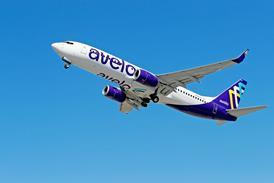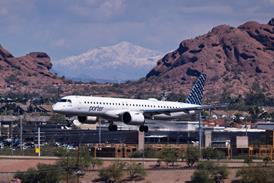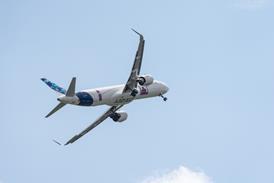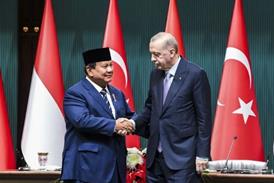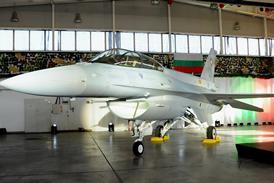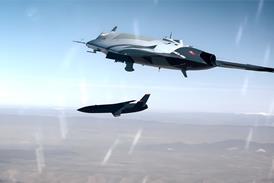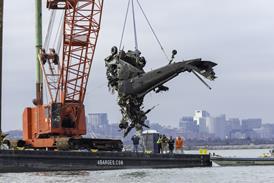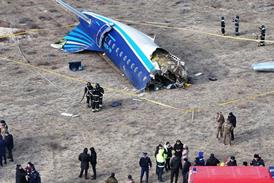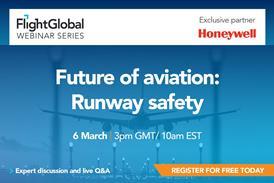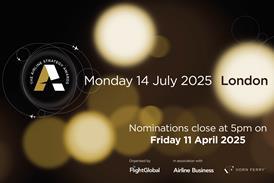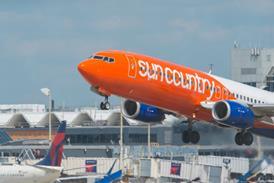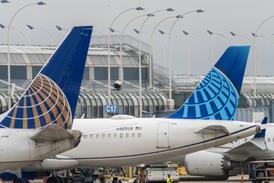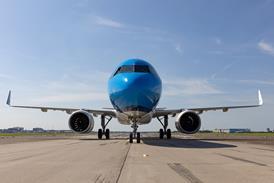Peter Knappertsbusch is determined not to repeat mistakes of the past with his planned European venture, Air Taxi Express. A host of other charter start-ups – going back to the very light jet bubble two decades ago – have foundered because they have opted for platforms that are too expensive, he believes.
While there is a market for those who want to travel by jet, Knappertsbusch says the demographic he wants to tap – small business owners, lawyers, and lower-ranked professional tennis players or golfers – simply cannot afford the thousand-dollar-plus flight-hour cost of most on-demand charter services.
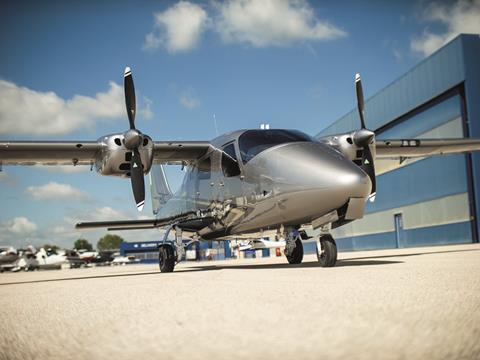
Instead, Cologne-based Knappertsbusch plans to become Europe’s first air operator certificate (AOC) holder flying piston aircraft, in his case the Tecnam P2006T, a four-seat, twin Rotax 912S3-powered design from the Naples-based manufacturer, with a range of 1,100nm (2,040km) and approved to fly in instrument flight rules conditions.
The P2006T’s hourly rate, he says, will be a fraction of what passengers would shell out for a jet or a turboprop such as the Pilatus PC-12. “You might pay €5,000 ($5,450) to fly from Germany to Paris in an aircraft like that. The target price we are looking at makes it cheaper per kilometer than a taxi,” he says.
He admits a piston aircraft cannot compete with a jet in terms of comfort, speed and range, but for those prepared to put up with a smaller cabin and a few bumps, the value is evident. “If you are [superstar footballer Cristiano] Ronaldo you will choose a jet,” says Knappertsbusch. “But there are hundreds of CEOs of small businesses who want to get to their destination and back in a day but cannot or aren’t prepared to pay jet prices.”
Knappertsbusch says he came up with the concept because, as a corporate tax adviser, he was travelling a lot within Germany using airlines. However, after the pandemic, carriers including Lufthansa drastically cut domestic services and getting around the country in a timely fashion started to prove difficult.
Despite Germany’s impressive autobahn network, it is a large country. The roughly 570km from Cologne in the west to the eastern city of Dresden takes 6h by car, and, with no direct service, even longer by train. These are exactly the sort of routes he believes will be popular among Air Taxi Express customers.
While he is in the final stages of securing his AOC and has the first of what he hopes will be five Tecnam P2006Ts in place ahead of a planned launch this summer, Knappertsbusch says he is already proving the concept works. For more than a year, he has been offering on-demand charter flights in a Tecnam P92, a high-winged microlight.
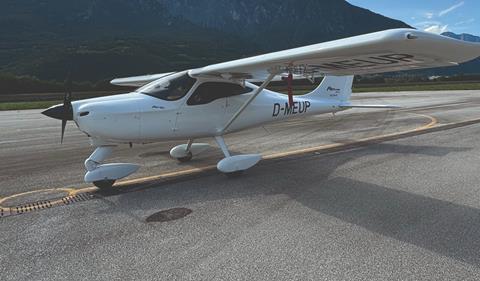
Although carrying paying passengers in a P92 does not require an AOC, flights must be under visual flight rules in daylight hours, and there are only two seats. However, thanks to aggressive social media marketing on Instagram as well as word of mouth recommendations, the business operated around 300 flights over the past year.
Most have been inside Germany – the P92 has a range of around 432nm which is enough to cover most city pairs – although Air Taxi Express has flown passengers as far as Spain, Italy, and Poland with fuel stops. “The lack of a bathroom rather than range is really the issue,” he says.
Air Taxi Express’s initial Tecnam is a third party-owned, managed aircraft, but Knappertsbusch believes that the AOC will help the business unlock further financing, from financial institutions as well as some 300 small shareholders he says will be willing to inject more capital. He then plans to acquire his own Tecnam P2006Ts, taking the fleet to five by the end of next year.
By that stage, he says, the company will have the critical mass to offer same-day, on-demand services, not just within Germany but to neighbouring countries. He envisages a “multi-hub” operation with Air Taxi Express’s pilots living near their aircraft and able to pick up passengers anywhere in the country within an hour or giving them the option of turning up at the airport at which the aircraft is based.
Customers, says Knappertsbusch, will be able to decide to arrive at local airfields – the company’s app allows them to link to the Uber network and book a door-to-door journey – or pay more for a major airport. “We will fly you to [Berlin] Brandenburg where it costs €1,000 to land, or to an airfield a bit further out where the landing fees are €10. The choice is yours,” he says.
Knappertsbusch is aware that so-called disruptive start-ups in business aviation do not have a sterling record. But he believes his model makes more sense than those proposing point-to-point services with electric vertical take-off and landing vehicles, none of which have been certificated and cost many times more than the roughly $700,000 list price of a Tecnam P2006T.
“We have seen that there is a market for this,” he says. “We already have more demand than we can cover, and that is before we have our AOC.”

